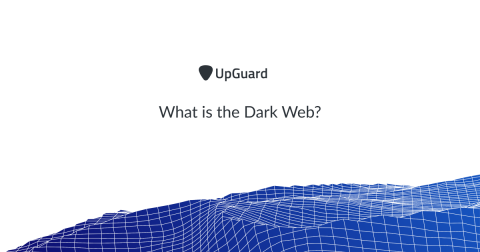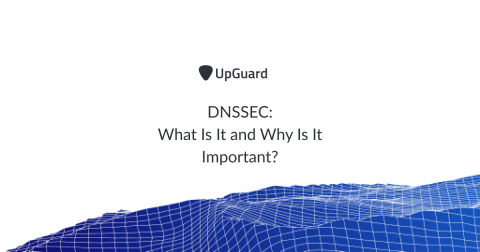Security | Threat Detection | Cyberattacks | DevSecOps | Compliance
%term
The Top 10 Highest Paying Jobs in Information Security - Part 1
Given a surge in digital threats like ransomware, it is no surprise that the field of information security is booming. Cybersecurity Ventures estimates that there will be 3.5 million job openings across the industry by 2021. Around that same time, the digital economy research firm forecasted that global digital security spending would exceed one trillion dollars.
How Will the CMMC Impact My Business and How Can We Prepare? Part 1 of 3
In June of this year, my colleague Tom Taylor wrote about the DoD’s announcement to instate the Cyber Security Maturity Model Certification (CMMC) and elaborated on the fact that, with the CMMC, the DoD appears to be addressing our customers’ core compliance pain points: Since its announcement in May, the DoD kicked-off a “listening tour” to solicit feedback from the Defense Industrial Base sector, according to the CMMC website.
What is Cyber Defence Intelligence?
Cyber defence intelligence has been one of the most popular topics of discussion within the IT circles. What is it? Why is it important? Should you invest in it? We sought answers to all these questions in our article. What is Cyber Defence Intelligence?
GDPR One Year Anniversary: The Civil Society Organizations' View
GDPR is a landmark in privacy jurisdiction. Through its 99 articles, it sets a framework for both businesses and individuals on their rights and responsibilities when it comes to protecting privacy. The most important element in my opinion is that privacy functions a fundamental human right and needs to be protected.
Defining the "R" in Managed Detection and Response (MDR)
This spring, as the product and security operations teams at AT&T Cybersecurity prepared for the launch of our Managed Threat Detection and Response service, it became obvious to us that the market has many different understandings of what “response” could (and should) mean when evaluating an MDR solution. Customers typically want to know: What incident response capabilities does the underlying technology platform enable?
Weekly Cyber Security News 13/09/2019
A selection of this week’s more interesting vulnerability disclosures and cyber security news. Wikipedia’s DDOS attack hit the news this week, and their plight drew an amazing donation to help further their defensive capabilities.
What is the Dark Web?
The dark web is a collection of websites that exist on encrypted darknet, overlay networks that can't be found by search engines or visited with traditional web browsers. Almost all websites on the dark web require special software (like the Tor browser), configurations or authorization to access. One common misconception is the confusion between the dark web and the deep web. The dark web makes up a small part of the deep which, the part of the Internet that is not indexed by search engines.
What is CSIRT? What are CSIRT Roles and Responsibilities?
What is CSIRT? CSIRT (pronounced see-sirt) refers to the computer security incident response team. The main responsibility of the CSIRT is to expose and avert cyber attacks targeting an organization. As the number of cyber threats grow each and every day, the importance of having a security team that is solely focused on incident response (IR) is fundamental.
DNSSEC: What Is It and Why Is It Important?
The Domain Name System Security Extensions (DNSSEC or DNS Security Extensions) is a set of Internet Engineering Task Force (IETF) specifications for securing certain kinds of information provided by the Domain Name System (DNS) as used on Internet Protocol (IP) networks. DNSSEC provides DNS resolvers origin authentication of DNS data, authenticated denial of existence and data integrity but not availability or confidentiality.








